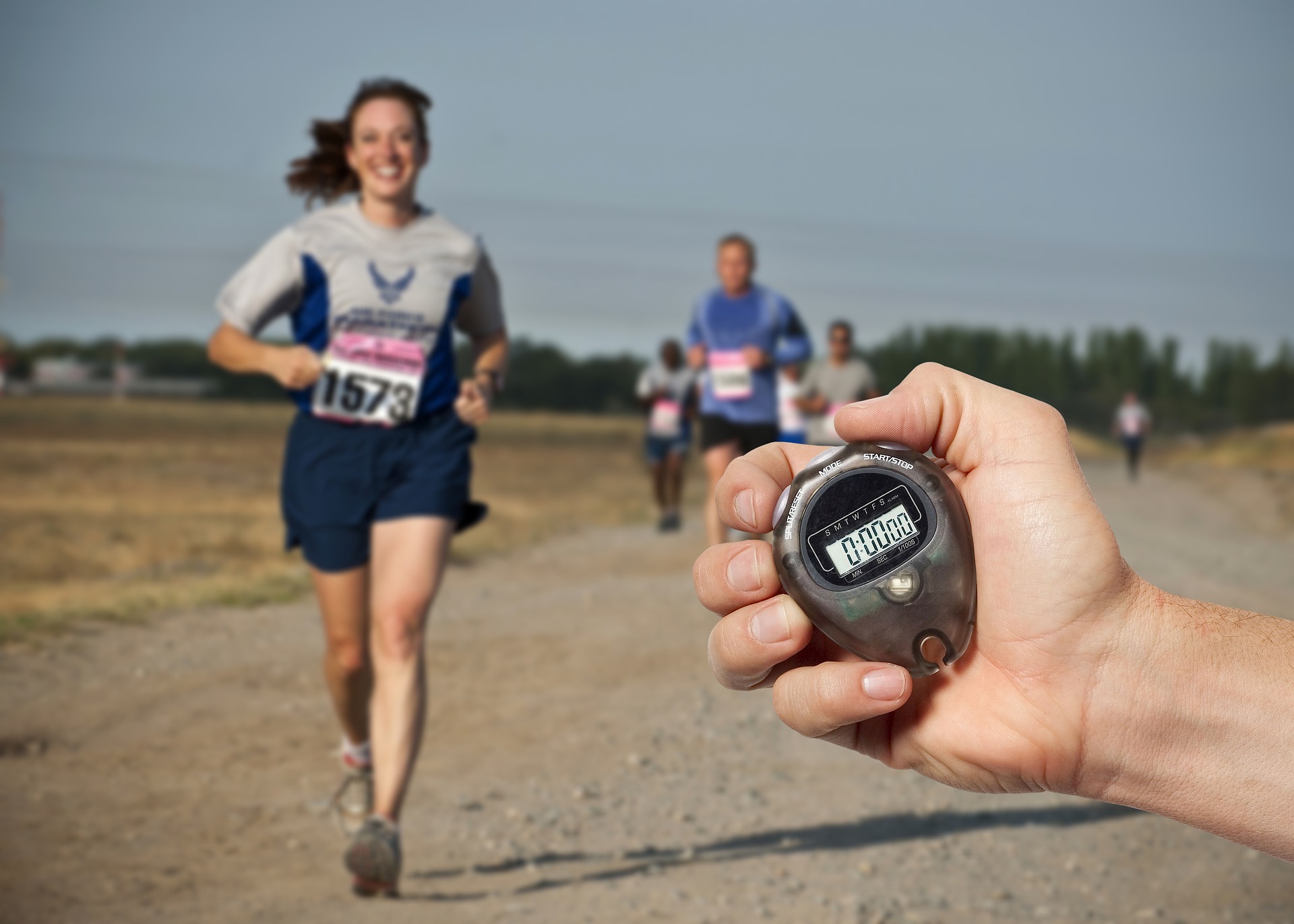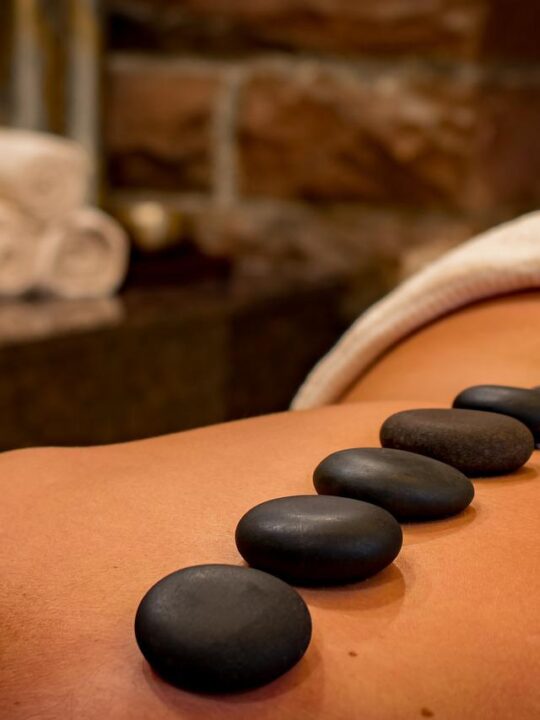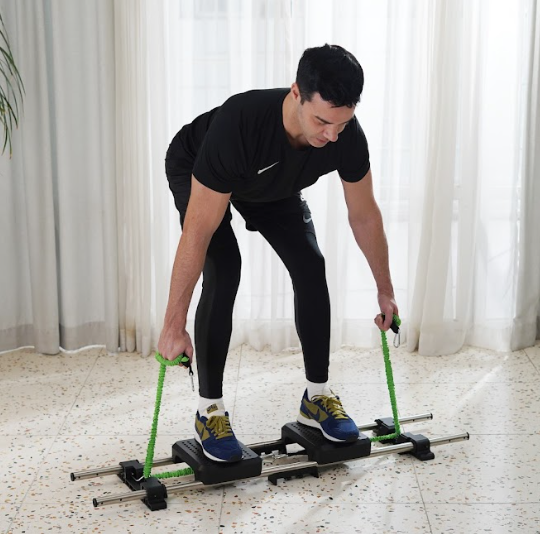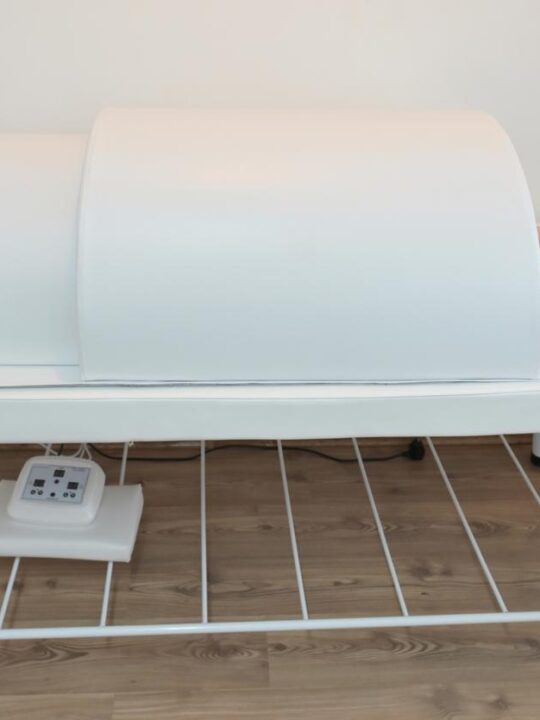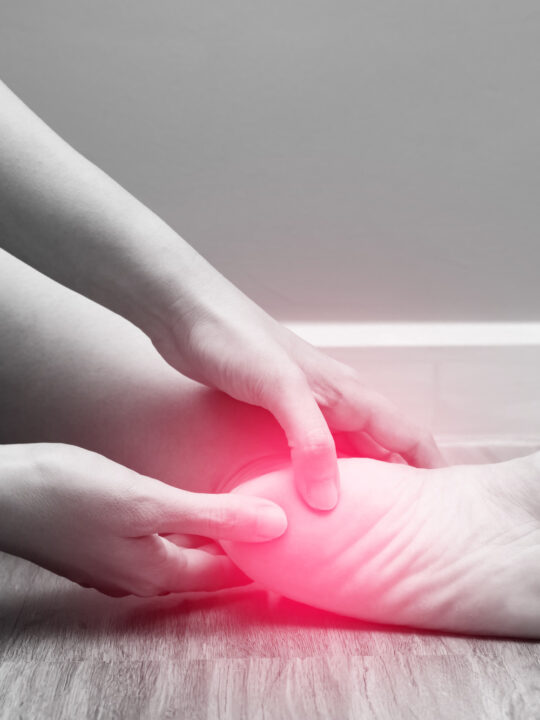Running is one of the most basic human exercises, or so you’d think. But it’s much more than simply putting one foot in front of the other and going as fast as you can.
In recent years, technology has helped us to understand and measure our running progress. It can also improve our form, stamina, and run times by using our own data to provide recommendations and achievable goals.
Wearable tech is leading the way not only in helping experienced runners get better but also in helping running novices get started. Here, we cover the five main ways wearable tech is making running more accessible.
Using your own data to improve your running
Mostly available as a watch, wearable running technology helps you to track a number of metrics so that you can begin to improve. For example, heart rate monitors come as standard in a lot of wearable sports tech. This is great for runners who want to keep their heart rate in an optimal zone. Too low and you might not see progress; too high and you might experience poor post-run recovery or even heart problems.
These devices will also track your pace, distance, top speed, and running time. These are all useful metrics that will help you understand your current level of running and can be used as measures of success and progression. Historically, this type of data wouldn’t be accessible to anybody but elite athletes, but the proliferation of wearable tech has made it available to everyone from professional competitors to those just starting out on their running journey.
You receive personalised goals
It’s well established that setting and writing down your goals means you’re more likely to achieve them. Wearable devices have functions that provide you with realistic and achievable goals, whether that’s increasing your pace, hitting a marathon time, or reaching a new top speed. Having instant visual access to these goals and seeing your progress towards them is highly motivational.
Many new runners fail to achieve their goals or give up on running altogether because of a lack of progress. This is often the result of jumping into running headfirst with no progression goals or using a generic running plan that is more suited to someone of differing abilities. The goal doesn’t have to be running a marathon, but having something to work towards will help new runners stick to it.
Motivational coaching
Most smart sports tracking devices will either have in-built tools to connect to your headphones, or they’ll pair with your smartphone and allow you to use it to control some of its functions. Many leading devices and apps now offer motivational voice coaching as you run, pushing you to be the best you can be. Running coaches aren’t necessarily accessible to the average non-professional runner, but receiving coaching is a great way to stay on track and feel motivated.
For beginners, programmes like Couch to 5K offer voice coaching alongside their comprehensive training plans, allowing novice runners to listen to their favourite celebrities including Jo Whiley, Sarah Millican, and Michael Johnson as they complete each session.
Personalised workouts
No two people start running with the same fitness levels, mentality, or goals. For some, they may just want to increase their cardiovascular health generally to be able to play with their children. Others may want to be able to run for more than a few hundred yards without getting out of breath. Alternatively, your goal may be to increase your endurance and run a half, full, or ultramarathon. That’s why personalised programmes will be more beneficial than generic ones.
Wearable tech uses all the valuable data it collects on your runs to create personalised running programmes tailored to your fitness levels, progress, and goals. Each run will have different goals to hit, like how much you run at top speed or the distance you’ll need to cover. As you continue with these workouts, they’ll get progressively more challenging so you can improve further.
Share your runs for team motivation
Apps like Strava have made running social. Not only do they allow you to deep-dive into your running stats, but they also visualise your runs so you can see where you’ve been. These visualisations have led to runners taking routes that result in animal shapes on their app, with many saying their “Strava art” keeps them motivated.
Undoubtedly, one of the most motivational aspects of these apps is that you can share your outings with your fellow runners. Your Strava feed allows you to post your achievements and accomplishments, whether it’s your farthest run or your fastest time. You can also share them to other social networks, including Facebook and Twitter. Many people find this helps them to hold themselves accountable.
If you’re part of a running group, you can create a club on these apps to share your successes within your group and motivate each other. With research showing that runners who share their progress on social media stick with running for longer than those who don’t, it’s a quantifiable way to progress and stick to your goals. Using these apps opens up a wealth of expertise to novice and intermediate runners that previously wouldn’t have been available to them.
There’s a lot more to running than just pounding the pavement in your running shoes. To improve your running and reach your goals, there’s a lot of information you need – including your current level and metrics, progression plans, and professional motivation. Previously, these necessities were reserved for professionally competing runners, but thanks to wearable tech, they’re now more accessible. Whether you’re looking to improve your overall health, increase your cardiovascular fitness, or run a marathon, wearable tech will help you get there.
